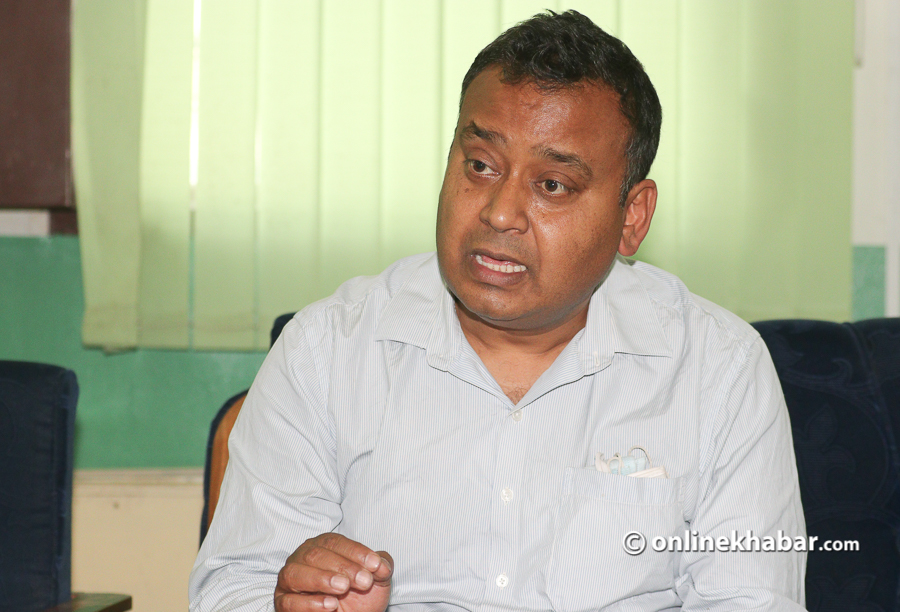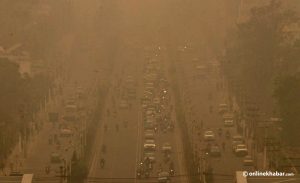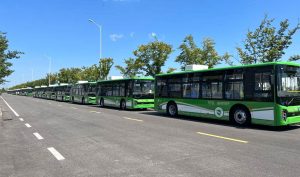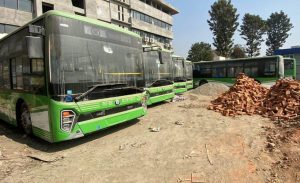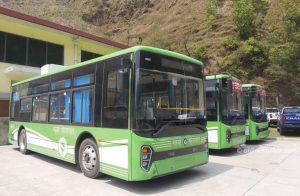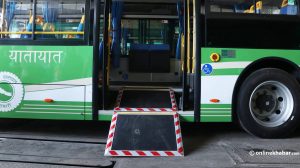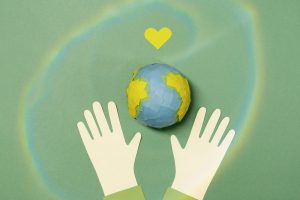Recently, a research report on the impact of traffic congestion in the Kathmandu valley on the country’s economy was made public by economist Dr Sher Jung Bahadur Chand and his team. The report shows that traffic jams in Kathmandu cost the country Rs 116 billion a year.
But, demands for private vehicles are on the rise across the country, and in Kathmandu in particular. A recent news report says dealers are struggling hard to meet the demand owing to insufficient supplies.
Such a scenario has put a big question on the future of traffic management in Kathmandu and other big cities as well as environmental sustainability. Environmentalist Bhushan Tuladhar, who also has a rigorous understanding of urban public transportation, however, thinks an integrated transport system and the improved public transport system can solve both problems quite effectively.
Onlinekhabar has recently talked to Tuladhar to talk about various issues revolving around Kathmandu’s traffic management and pollution.
Excerpts:
You are seen promoting the use of public transport on social media. But, may I ask how you travel daily? Do you also use a public bus?
My home is at Kirtipur and my office is at Pulchok [around seven kilometres away]. Sometimes, I commute to and fro my workplace and home by public bus, and sometimes on my cycle. At times, I do also walk to my office and back home.
But, my wife has a car, and she drops me once in a while.
So, how do you analyse the present traffic management in the Kathmandu valley?
Currently, the current scenario is chaotic. If you look at the transportation system as a whole, there has been no transportation planning. What we (the authorities) have been doing is widening the roads as a solution to traffic jams. But, this is not a solution. Instead, by doing so, it will invite more traffic. This mentality is a major hindrance.
Another problem is that we limited the transportation system to the management of vehicles only. Based on this, the government and authorities have been developing infrastructures like roads and traffic lights. The eight-lane Ring Road has been constructed for all the vehicles, but there is no lane for cycles and there are no pavements for pedestrians. Most of the pavements cover drains.
Traditionally, in Kathmandu, the settlement was congested, and there used to be choks and gullies (alleys). People used to walk through alleys and it used to be quite easy and safe as well, to walk. Also, there used to be phalchas (resting places for pedestrians). However, the facilities for pedestrians are ignored currently as there are parking areas for vehicles only.
So, where does this lead do? What might be the long-term impact of a surge in the use of vehicles?
Once an individual buys a private vehicle, it will remain in the city for at least 15 years. Obviously, as the number of vehicles increase, the traffic jams increase accordingly. Thus, this will cause havoc to an already chaotic traffic management system.
Along with this, billions of rupees spent on their purchase, maintenance, and the operation go out of the country.
These are social and economic impacts. Can this also be a bigger threat to the environment?
Air pollution is a major problem for the environment in Kathmandu. And, the transport system is the top cause of this problem. For instance, if you look at the air quality graph during a Nepal Banda (general strike) day, the air pollution level is seen to have dropped significantly.
But, with the rise in the number of vehicles on the road, there will be the risk of escalating air pollution level resulting in many life-threatening diseases and health problems.
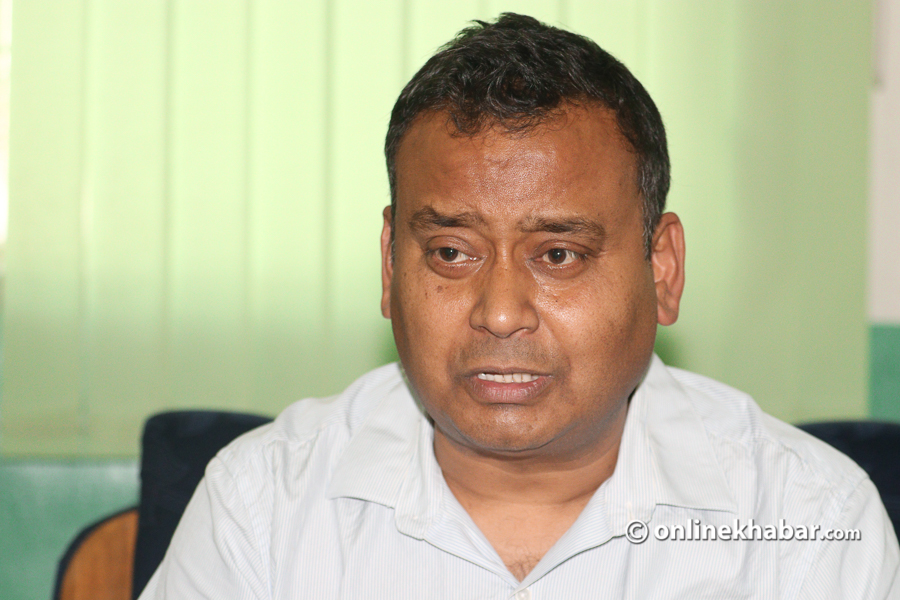
If so, how can this be solved?
In order to solve the chaotic traffic scene of the Kathmandu valley, firstly, a human-centric transportation system should be developed. Vehicles are just a means, not necessarily the best means, to fulfil one necessity (transportation) of humans.
For this, the system should be planned after analysing the transportation needs of people. The commuting distance of most of the people in Kathmandu is less than five km. What kind of infrastructure is required for this should be analysed.
Likewise, how they travel should be studied. And, the transportation system as a whole should be made sustainable. For this, we should promote and prioritise walking, cycling and the use of public transportation, mainly, clean and green vehicles. Therefore, the government should develop infrastructures accordingly.
But, why are the general people not preferring to use public transports? What does it lack?
It is because they are neither convenient nor comfortable. As a citizen, what does make me take a public bus? First, I look for convenience, then comfort, cleanliness, safety and affordability. Public buses should be clean, well maintained and not crowded. I should not have to wait for hours to board the bus.
But, the situation of public transportation is the other way around. Moreover, owning a private vehicle in our society is associated with social prestige. For instance, if someone owns a branded car, they will boast about this possession. Someone is just looked down upon just because they do not have their private vehicle.
So, how can the use of public transport be revived? Who should do what?
The government should plan the overall transport system, monitor and support the system at the same time. Here, I do not say that the government should operate public buses. Moreover, the government should be investing in the construction of infrastructures like bus parks, transit lanes, pavements, etc.
Further, the public also should demand services. For example, if there is no means of public transport in some area, they should go to the local government and ask for it.
Likewise, there should be cooperation between bus operators, the government and the public for making the whole system integrated and efficient. The quality of public transportation should be improved and the attitude and choice of people also should change.



